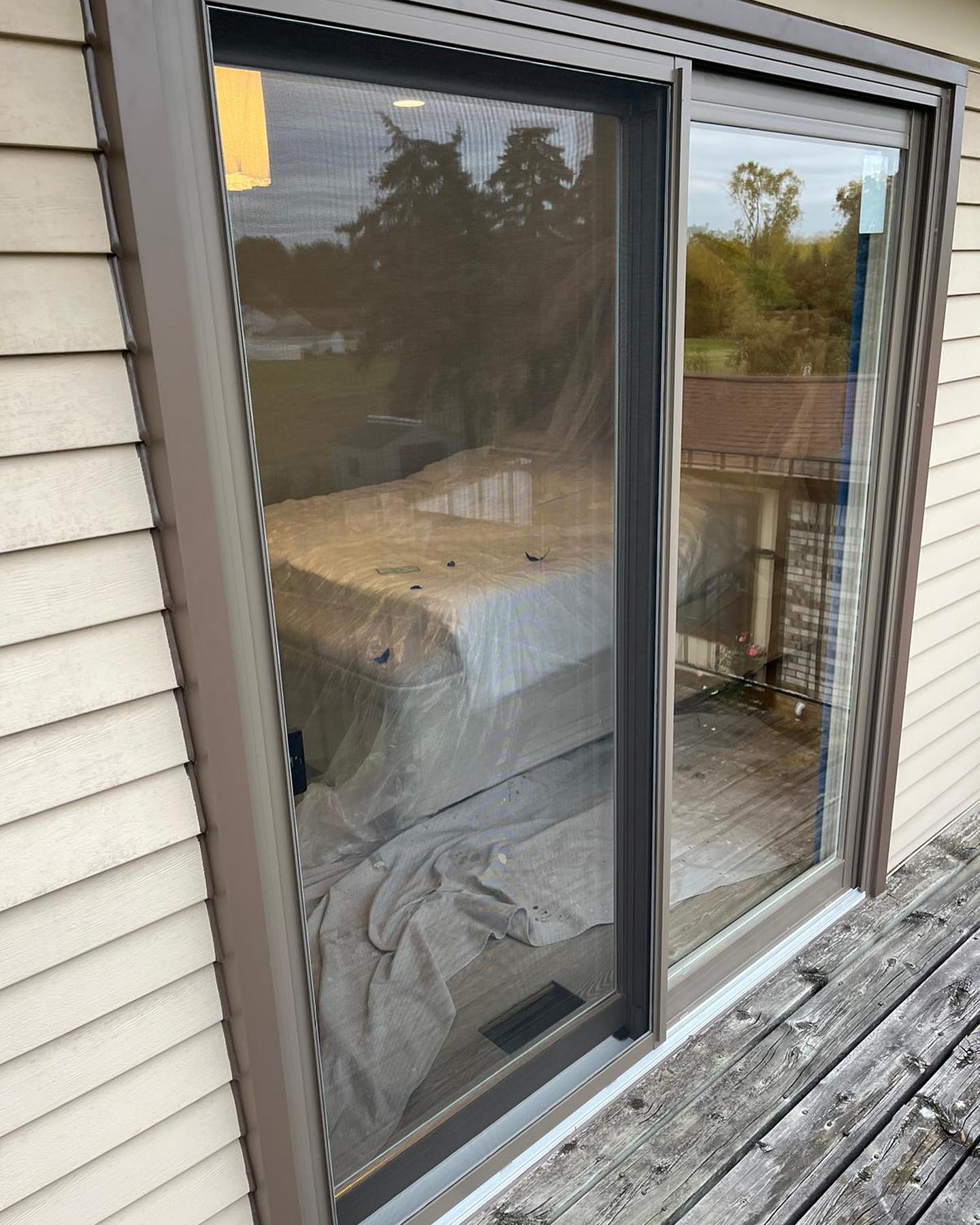
When it comes to keeping your home cozy and your energy bills low, insulating an exterior door is one of the simplest yet effective projects you can tackle. A poorly insulated door can let drafts in, make your heating or cooling system work overtime, and cost you more money in the long run. If you're wondering how to insulate a door, we've got you covered with some great tips and tricks to get the job done.
Before jumping into the how-tos, it’s important to understand why insulating your exterior door is so essential. A door is a common point for air leaks, and when that happens, your home becomes less energy-efficient. You might notice rooms near the exterior door feel drafty, or temperatures are harder to regulate.
Insulating your door helps:
To get started, gather a few basic tools and materials. These are affordable and easy to find at any hardware store:
Before anything else, it's important to inspect the door frame for any gaps where air can sneak in. Common spots include the edges of the door, the bottom, and even the lock area. Run your hand along the edges to feel for drafts. You can also use a candle or lighter; if the flame flickers, it means there's a draft.
Tip: Do this on a windy day for better accuracy.
Weatherstripping is your best friend when it comes to sealing gaps. It's easy to install and provides a snug fit around your door. Here's how to do it:
Tip: Make sure it's tight enough to block drafts but still allow the door to close properly. You'll want to replace weatherstripping as it wears out, usually every few years, depending on the quality.
Another quick fix is installing a door sweep to block the gap at the bottom of your door. This is a thin strip of rubber or metal that attaches to the bottom of your door. It helps to stop drafts from sneaking in underneath. Here's how you can add one:
Once installed, it should slide over the floor as you open and close the door, creating a good seal that blocks drafts.
For larger gaps, especially around the door frames, insulation foam is a great option. This foam expands after application, filling in any cracks or spaces around the door that might be letting air in.
Tip: Be careful not to overdo it. Too much foam can cause the door set to become difficult to open or close.
For smaller gaps, especially around the doorframe or where the door meets the wall, caulk is a fantastic solution. Caulk can fill in areas that weatherstripping or insulation foam may miss. You can easily find it in various colors to match your home's design.
This will ensure no drafts slip through those tiny cracks and your door stays well-insulated.
While insulating your exterior door is straightforward, there are a few key things to keep in mind to make sure the process goes smoothly.
The material of your door plays a big role in how well it holds heat. Solid wood doors tend to insulate better than hollow core doors, while metal doors may require additional layers of insulation for doors. If you have an older door that's just not doing the job, you might want to consider upgrading to a new, more energy-efficient door. A full door installation might be your best bet for long-term energy savings.
Even after you've insulated your door, it's important to keep an eye on things. Weatherstripping and caulk can wear down over time, especially if your door gets heavy use. Make it a habit to check for drafts at least once a year and replace materials as needed.
If your current door is beyond repair or is simply not energy-efficient, it may be time for a new door installation. Modern doors come with built-in insulation for doors and are designed to prevent drafts. Look for doors with energy-efficient ratings to save on your heating and cooling costs.
Here's why insulating your exterior door is worth the effort:
If you feel like your door needs a little extra help beyond basic insulation, Alexandria Home Solutions is here for you.
Insulating your exterior door can make a big difference in your home's energy efficiency and comfort. With a few simple steps, you can keep the drafts out, save on energy costs, and enjoy a more comfortable living space.
Whether you're looking for professional advice or considering a new door installation, we've got you covered. Our team specializes in helping homeowners make the best choices for energy efficiency and comfort. Let us help you with all your door needs, from insulation tips to full replacements. Contact our reliable team today!
Improving energy efficiency starts with inspecting your door frames for gaps or misalignment. Adding weather stripping, door sweeps, and proper door seals can significantly reduce heat loss and drafts, keeping your home comfortable. For additional protection, consider installing storm doors or upgrading to an energy-efficient door to enhance home comfort year-round.
A door sweep seals the door bottoms and blocks drafts from entering through the door gap. To install, measure the width of your entry door, cut the sweep to fit, and attach it along the bottom edge. This simple addition improves energy efficiency, prevents dust and pests, and works in combination with foam insulation and weather stripping to maintain a secure and comfortable home.
The door threshold and door alignment are critical for ensuring a tight seal between the door and frame. Improper alignment can create door gaps, allowing air to escape and reducing energy efficiency. Properly aligned door frames with the correct door covers, door set, and weather seal help maintain consistent indoor temperatures and home comfort.
Yes, applying foam insulation around door frames and door bottoms can effectively insulate doors and block cold drafts. This method works well with weather stripping, door sweeps, and door seals to prevent heat loss. Proper insulation ensures your entry door maintains energy efficiency and keeps your home cozy during the winter months.
Installing storm doors is an excellent way to improve the insulation of your door set. Storm doors create an extra layer of protection, reduce heat loss, and complement door seals, door sweeps, and weather stripping. Combined, these features increase home comfort, enhance energy efficiency, and help protect your entry door from the elements.
